News
We'd love to hear your news and ideas and to help share your accomplishments!
Submit news, updates, story ideas to cegenews@umn.edu.
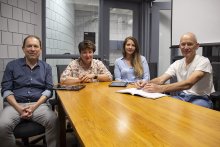
Modeling interfaces in new engineering materials
Posted
The collaborators in the international solid mechanics project DIAGONAL are researching the behavior of new engineered materials, looking toward a future where material characteristics can be designed, controlled, and modeled with precision.
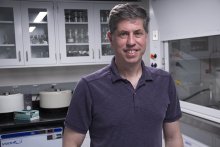
William Arnold selected as a Fellow of AEESP
Posted
William Arnold has been named a 2024 Fellow of the Association of Environmental Engineering and Science Professors (AEESP) based on his exemplary research and professional service. The official AEESP ceremony will be held June 18, 2024.

Bill Arnold stars onscreen in an award-winning video about prairie potholes
Posted
The American Academy of Environmental Engineers and Scientists awarded the 2024 Grand Prize for Environmental Communications to a film about NSF-funded research on how prairie potholes are responding to climate change.
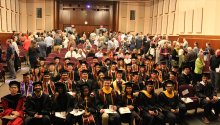
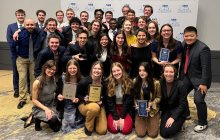
2024 ASCE Student Symposium Awards for CEGE
Posted
The UMN Student Chapter brought home many awards from the 2024 ASCE Western Great Lakes Student Symposium in Chicago.

Matthew J. Huber Student Award
Posted
Two U of M graduate students win Matthew J. Huber Student Awards. Maziar Zamanpour, a master's student in civil engineering, and Tianyi Li, a doctoral candidate in transportation engineering.

Catherine French, NAE
Posted
Professor Catherine E. Wolfgram French has been elected to the National Academy of Engineering (NAE). This is among the highest professional distinctions awarded to an engineer.

Climate Change for Engineers
Posted
Kimberly Hill’s precocious children questioned her about their future in light of climate change. Her answer was to develop a class to help upcoming engineers understand climate change and how they can have an impact.

Focused on the Road Ahead
Posted
Ever wonder what would happen if someone hacked your smart car? Raphael Stern is part of a group of researchers helping prepare cities for automated vehicles and the problems they might bring. Stern’s focus is cybersecurity.
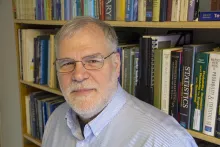
Randal Barnes receives Horace T Morace Award
Posted
RANDAL J. BARNES received the Horace T. Morse - University of Minnesota Alumni Association Award for Outstanding Contributions to Undergraduate Education,